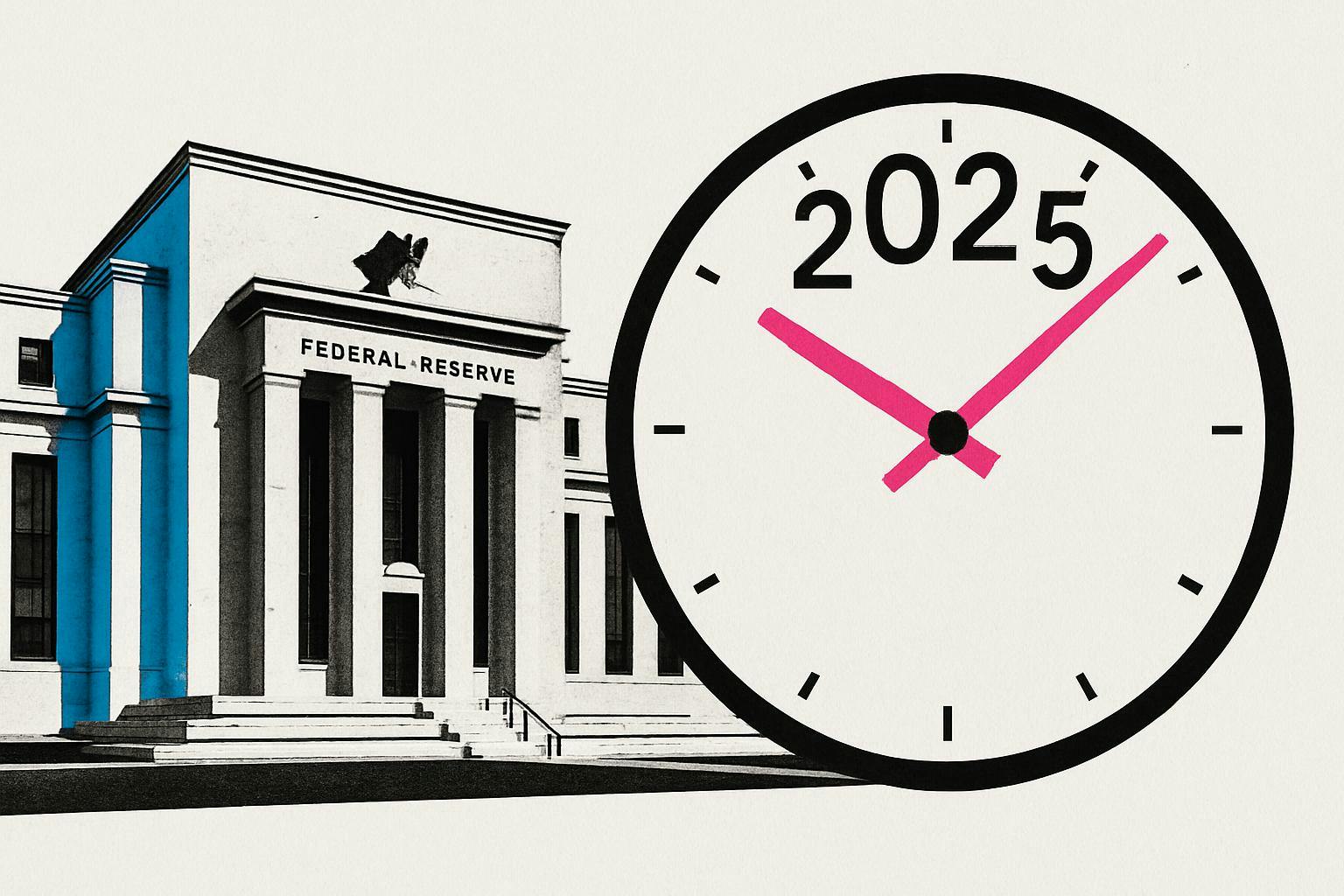What’s going on here?
Federal Reserve Governor Christopher Waller has hinted at possible interest rate cuts in 2025 if inflation aligns with the Fed’s goals and tariffs remain low.
What does this mean?
Governor Waller emphasizes that while tariffs from former President Trump’s era have temporarily boosted inflation, they’re not expected to dictate Fed policy. If inflation nears the Fed’s 2% target and employment stays strong, rate cuts could be on the table. Yet, uncertainty around trade policies could slow growth, increase unemployment, and raise inflation – effects that might surface in late 2025. Waller prefers relying on market-based inflation expectations and sees modest tariffs as manageable, potentially minimizing their impact on consumer prices.
Why should I care?
For markets: Eyes wide open for 2025 transformations.
Market players should gear up for potential rate shifts in 2025, impacting borrowing costs, consumer spending, and investment climates. Tariffs influence various economic components, making it crucial to understand policy directions to navigate market changes and prepare for economic shifts.
The bigger picture: Tariffs tip the economic scale.
Global trade dynamics continue to mold economic landscapes, with tariffs playing a crucial role. While the threat of aggressive tariffs has lessened, their economic effects remain substantial in assessing the broader outlook of global trade policy continuity.
